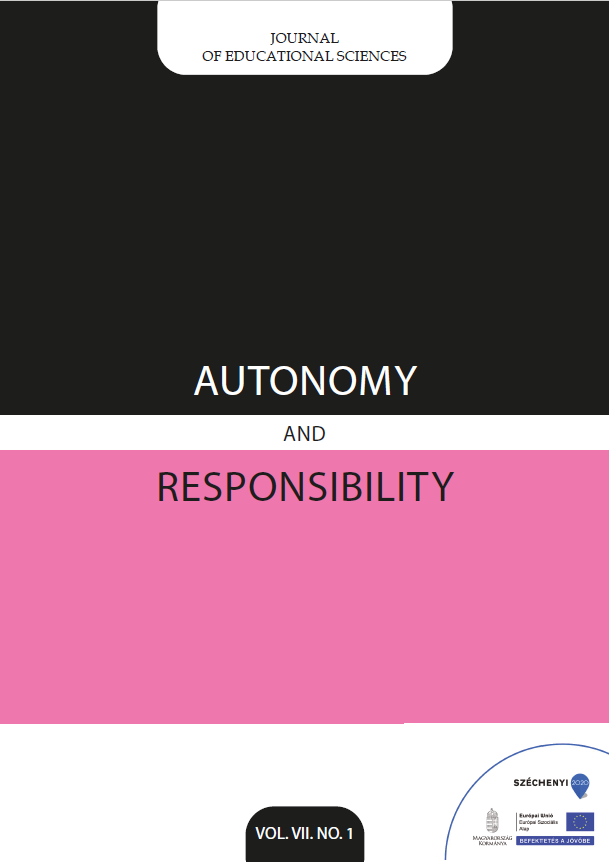Lights and Shadows: The Inclusion of Invisible Students in Spanish Universities
DOI:
https://doi.org/10.15170/AR.2022.7.1.3.Keywords:
Spanish Universities, Inclusion, Inclusive universitiesAbstract
Spanish universities in the 21st century are a far cry from institutions prior to the 1970s, which were characterized by strong social homogeneity where only students who had to study did. In this elitist context, there was a direct correlation between social class and the education system (García de León & García de Cortázar, 1992). In recent decades, universities have grown to become more inclusive instead of only serving privileged members of society. This has led to a situation in which university students do not respond to univocal models. However, this plurality of student profiles does not imply that institutions have adapted their requirements and programs to meet the diverse characteristics and needs of students.



